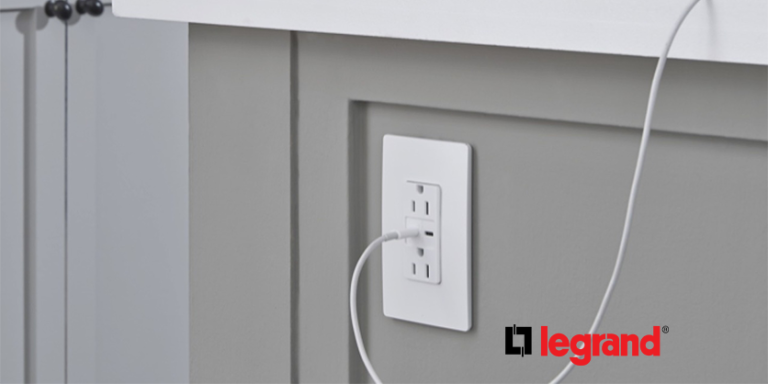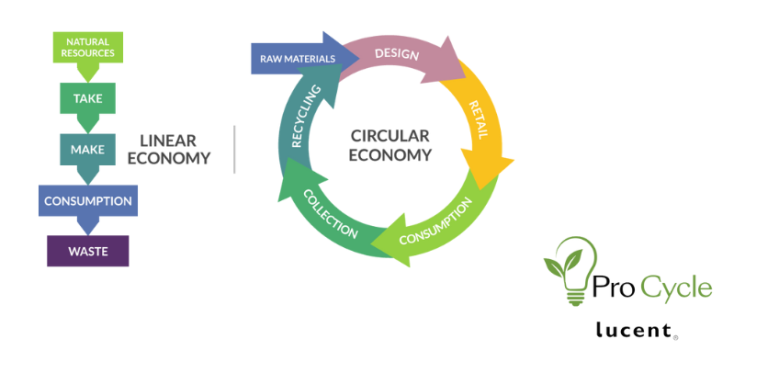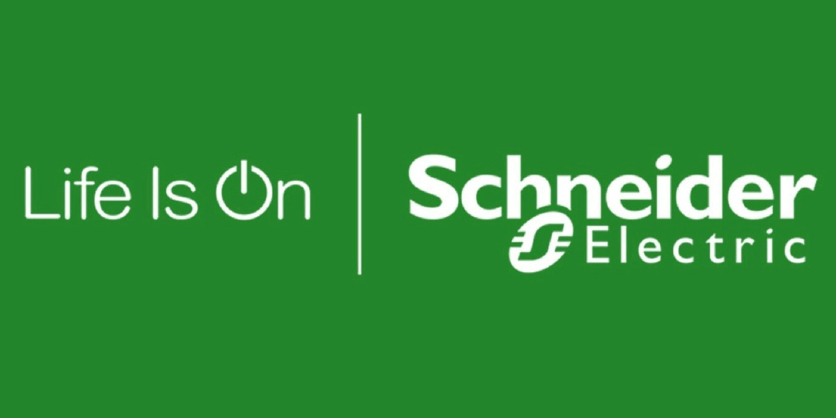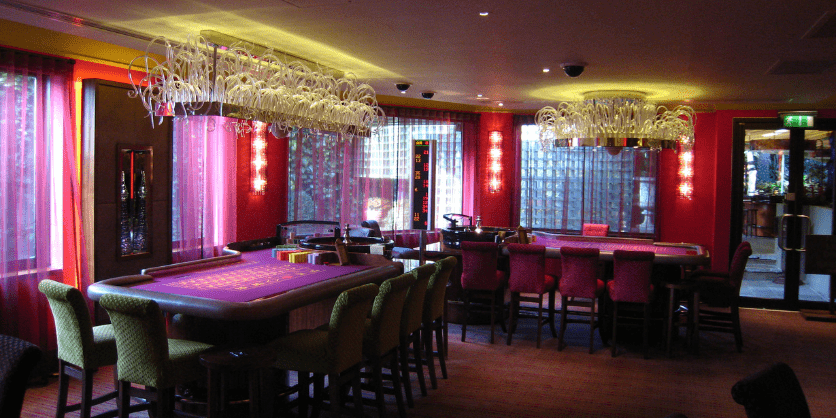Appropriate Planning and Support for a Global Transition to LED Lighting: Position Paper by the GLA
November 2, 2023
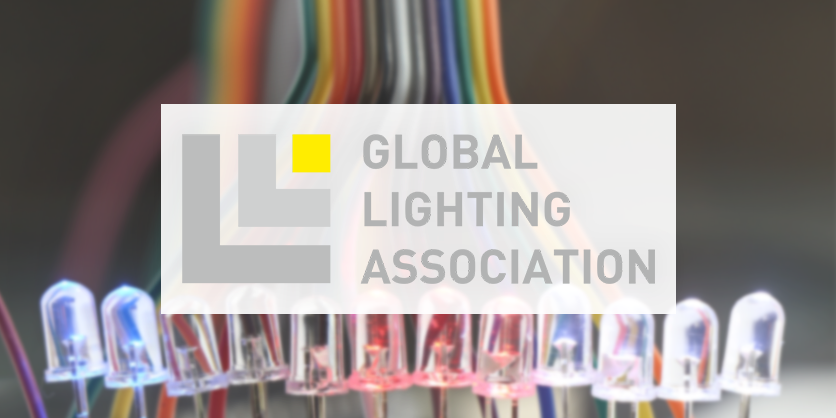
The Global Lighting Association (GLA) is committed to the reduction of mercury (Hg) in the world’s-built environment through a successful worldwide transition to LED light sources and phasing-out the use of fluorescent lamps.
The fluorescent lamp was introduced as an improvement over incandescent and halogen lamps. The mercury vapor in the lamps provided higher efficiency at lower cost resulting in affordable fluorescent fixtures that lasted a long time. Market conversion from fluorescent to LED lighting has picked up speed in recent years. From 2016 to 2018, installations of LED light sources and luminaires in the U.S. have increased in all general lighting applications, roughly doubling to 30% of all general illumination lighting sales.[1]
According to the European Commission 2021 JRC Report, global LED use has increased substantially in recent years, rising from a market share of 5% in 2013 to nearly 50% of global lighting sales in 2019, with integrated LED luminaires making up an increasing share.[2] The speed of the LED transition differs per region due to the local situation.
As both fluorescent lamp technology and the transition to LED technology have matured over recent decades, the overall use of mercury has reduced considerably.[3][4][5]
The benefits of LED lighting are considerable, providing higher efficacy (lumens per watt), longer life and good color rendering without the use of mercury. Smart LED connected systems feature adaptive, intelligent luminaires and improve health and wellbeing–for example via use of sensors, presence detectors and connected dimming control systems.
The GLA intends to actively support countries in their fastest possible transition from conventional lighting to smart, LED-based lighting products, whenever these are viable and available. Due to the local situation, the speed of the LED transition is different per country and region. The GLA supports country specific import and sales bans guided by thorough processes per country as outlined below, and recommends one single, global phase outdate instead of country specific manufacturing bans, to avoid the chance of adverse effects of the Minamata agreement on the environment.
A successful, global phase-out of fluorescent lamps requires country-level renovation, and implementation road-mapping where installers, investors, authorities and industry cooperate to facilitate a gradual, meaningful transition. This is necessary to align the demand, implementation, and supply capacity of (smart connected) LED fixtures and systems.
The GLA believes that:
● Executing a gradual and manageable transition to LED lighting presents the best approach to align demand with supply chains, thus preventing significant market disruption. An abrupt or disorganized transition would result in extreme challenges with respect to the ramping up production of critical components such as power transistors and integrated circuits, particularly in view of current supply chain problems.
● Putting in place renovation road map plans, government incentives, and policies to support the transition in an affordable and sustainable fashion will allow countries, customers, and users to reap the benefits of the range of LED lighting from simple LED luminaires to the latest smart, integrated, and connected LED lighting systems.
● Allowing the use of fluorescent lamps (linear fluorescent lamp (LFL), non-integrated compact fluorescent (CFL.ni)) for simple maintenance of certain existing installations during the LED transition is advisable. This is important in countries or rural areas where LED alternatives are not yet widely available or affordable, to ensure people in those areas have access to light.
According to a recent CSIL 2022 report, that transition is about halfway with some 14,500 Million conventional lighting remaining[6]. The GLA is firmly committed to continuing the LED transition in a realistic way, while avoiding a situation where people are deprived of affordable lighting, particularly for renovations of small and medium enterprise premises, homes and apartments. The societal and economic impact of this is described in GLA’s 2021 Position Statement.[7] GLA offers its support and advice to governments and other stakeholders on renovation road map planning to implement a smooth transition to energy efficient LED lamps or fixtures.
Determining national market demand forecasting for LED lamps versus smart connected LED systems, to replace current existing installations and applications will be an important action. Balancing national replacement plans with professional installers capacity, especially to implement the latest smart connected efficient LED fixture systems, and supply production capacity road maps must be considered. Establishing renovation budgetary plans for new LED lamps/fixtures (building owners, small and medium enterprises, homes, and apartments) as well as an incentive-based and subsidy plan for customers where LED alternatives are not yet affordable will be necessary.
Summary
The GLA advocates a single date for global phasing out fluorescent lamps for general lighting. We believe the best approach is through a defined, managed worldwide transition to LED lighting. Implementing a gradual and realistic whole scale plan presents the best approach to align demand with supply chains, thus preventing significant market disruption and a scenario where people are deprived of affordable lighting for their homes, businesses and communities. Recent studies highlight the significant benefits of LED lighting and indicate significant global usage for all installation types. The GLA is hopeful that all countries will reach an agreement at COP5 and that fluorescent lamps for general lighting will be phased out at the appropriate time for all stakeholders.
References
[1] United States Department of Energy Report Adoption of Light-emitting Diodes in Common Lighting Applications, August 2020.
[2] European Commission JRC Technical Report 122760 Update on the Status of LED-Lighting World Market Since 2018, 2021.
[3] Lighting Europe Position on the Review of Annexes A and B of the Minamata position Convention, July 2020.
[4] UN Environment, 2019. Global Mercury Assessment 2018, Geneva.
[5] UN Environment, 2017. Global Mercury Supply, Trade, and Demand. United Nations Environment Program, Chemicals and Health Branch. Geneva.
[6] CSIL. LEDs and the Worldwide Market for Connected Lighting– Market Research, 2022.
Basic Data on Existing installed Stock Luminaires, 2021
- Total 26,500 Million Units (100.0%)
- LED 12,000 Million Units (45.3%)
- Conventional 14,500 Million Units (54.7%)
[7] Global Lighting Association Position Paper UN Minamata Convention COP 4.2 Phasing-out Fluorescent Lamps, 2021.
More information available here
Related Article
LED Revolution 2.0
Everywhere, we see signs the LED revolution has won. An argument can be made, however, that this mature lighting technology is simply entering its next phase of market opportunity. Call it LED Revolution 2.0.



